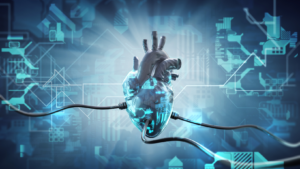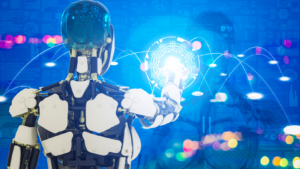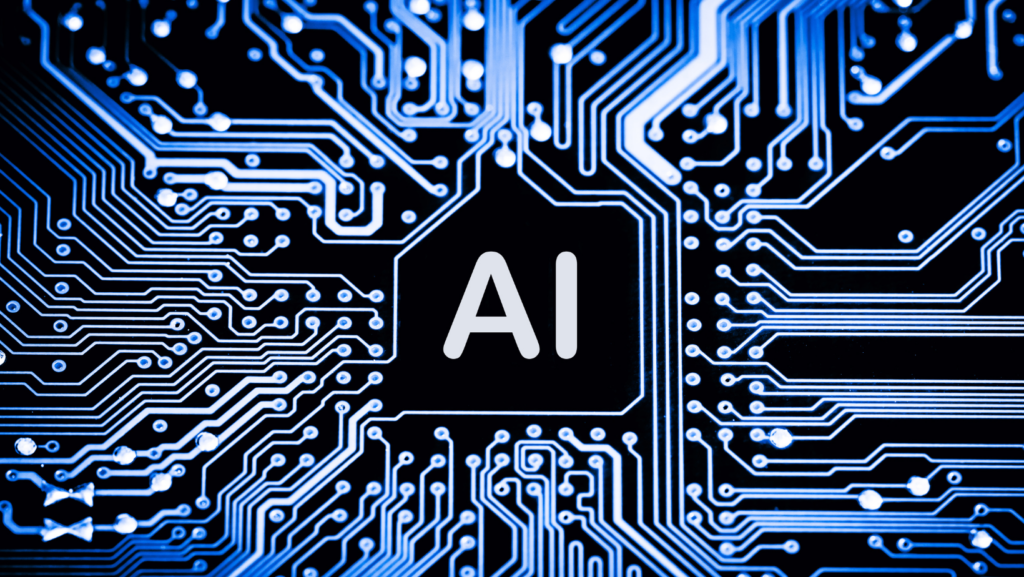In the rapidly evolving world of artificial intelligence, the intersection of AI and art ethics present a fascinating yet complex dialogue. As algorithms become increasingly capable of creating stunning visual masterpieces, music, and even literature, the question of ethics looms large. Can a machine truly create art, or is it merely mimicking human creativity? This debate challenges our understanding of creativity and originality.
Artists and technologists find themselves at a crossroads, pondering the implications of AI-generated art on traditional artistic values. Issues like copyright, authenticity, and the potential devaluation of human-created art are sparking heated discussions. As AI and art ethics continues to blur the lines between human and machine-made art, society must navigate these ethical dilemmas to ensure technology complements rather than compromises the essence of artistic expression.
AI And Art Ethics

AI’s integration into the art world raises questions about creativity and innovation. AI systems, utilizing algorithms, generate artworks that challenge traditional notions of authorship. The technology’s ability to analyze vast datasets and produce intricate art pieces brings new dimensions to creative fields.
Artists and AI collaborators explore new methods of expression. Generative Adversarial Networks (GANs), for example, create visual art by training on existing works. This collaboration redefines artistic boundaries while sparking debate on the role of human input in creativity.
Ethical Concerns In AI-Generated Art
The rise of AI-generated art brings forth significant ethical concerns related to intellectual property rights and the authenticity of created works. It’s crucial to address these issues to maintain the integrity of artistic expression in the digital age.
Intellectual Property Rights
Intellectual property (IP) rights present notable challenges in AI and art ethics. AI-generated art often leverages existing works during its creation process. The original artists, whose pieces influence the machine-generated results, might not receive proper recognition or compensation. The ambiguity of ownership arises when determining whether the creator should be the AI developer, the AI itself, or the artist inputting parameters. Existing IP laws struggle to delineate these roles clearly.
Authenticity And Originality
In authenticity and originality, AI-generated art poses philosophical and practical questions. Art generally reflects the creator’s emotions and experiences, but AI lacks personal consciousness. This raises doubts about whether AI outputs can genuinely embody original thought or creative intent. When AI mimics artistic styles, the line between inspiration and replication blurs, challenging traditional concepts of originality that are pivotal in valuing artwork. Addressing these matters ensures that art remains a meaningful reflection of human thought and culture.
Impact On Artists And Creativity

Artificial intelligence (AI) is significantly affecting artists and redefining creativity. As AI-generated artworks gain recognition, important discussions arise around job displacement and new opportunities.
Job Displacement Concerns
AI’s ability to produce art raises worries about job loss among traditional artists. Automated systems can create visual artwork examples through algorithms, potentially reducing demand for human artists in commercial fields. Concerns focus on how AI might overshadow unique human creativity as companies opt for cost-effective automated solutions. This shift could limit opportunities for emerging artists who struggle to compete with AI-generated art’s speed and scalability.
New Opportunities In The Art World
Conversely, AI opens new avenues for artists exploring innovative mediums. It allows collaboration between technology and creativity, offering tools that facilitate experimentation, as seen in digital art and design communities. Artists use AI art generators to expand their repertoire and create novel pieces, challenging conventional art boundaries. These tools also democratize access, enabling artists from diverse backgrounds and skill levels to engage with art creation processes. By integrating AI into artistic practices, artists can enhance their work and reach broader audiences.
Societal Implications Of AI Art

AI art’s integration into society presents a range of cultural and ethical challenges. As AI-generated art permeates various cultural and social spheres, it raises questions about inclusivity and its broader influence on art perception.
AI art production can reflect biases embedded in training data, affecting cultural sensitivity. If AI systems are trained on datasets lacking diversity, the resulting art may reinforce or perpetuate stereotypes. For example, generating imagery or themes unrepresentative of certain cultures might inadvertently exclude marginalized perspectives.

